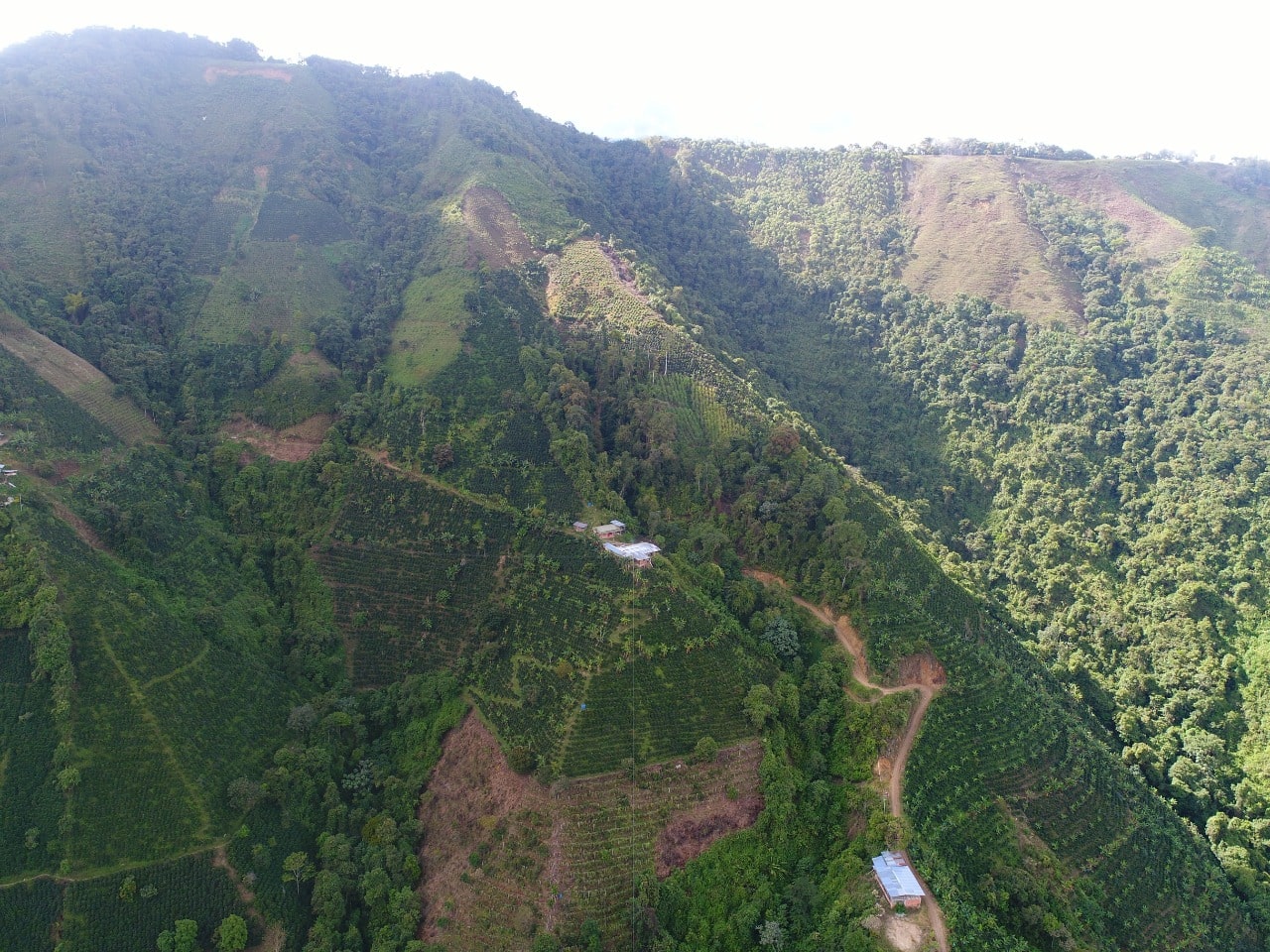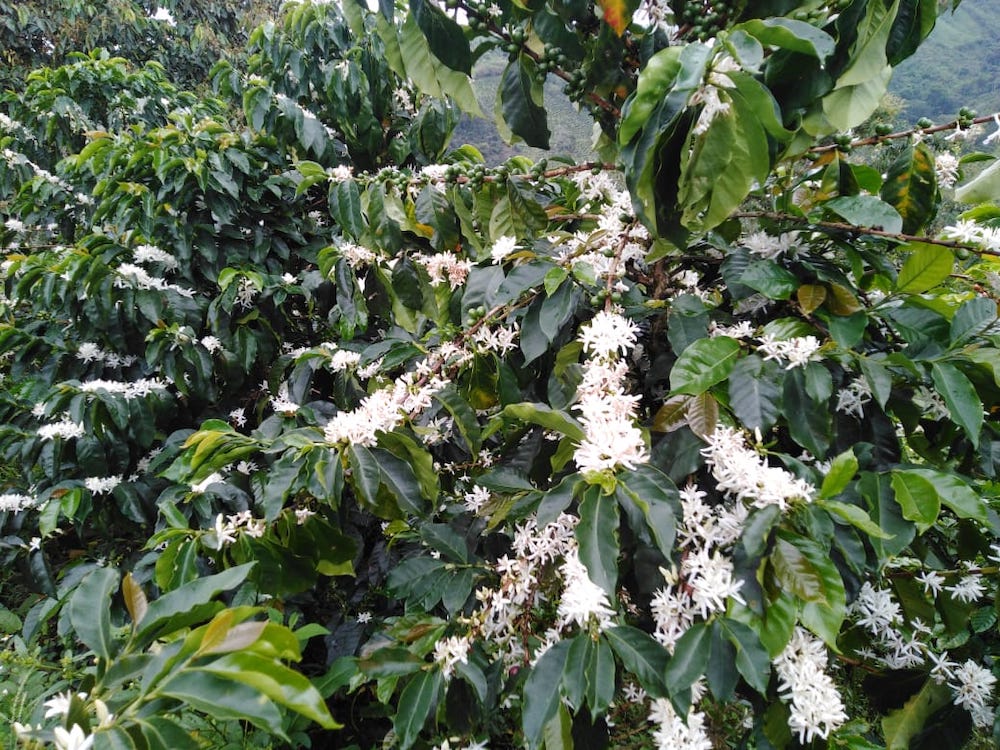Colombia is the second-largest producer of coffee in the world and the largest producer of washed and Arabica coffees. Annual production ranges from 12 million to 15 million bags weighing 70 kilos each. Optimally, it exports approximately 12.5 million bags and 2 million bags are consumed internally.
Coffee in Colombia is grown between altitudes of 1,200 and 2,000 meters. Colombia ships coffee 12 months a year. The main flowering period is from April to October and the main harvest is from early September to December. The mitaca harvest typically runs from March to June.
Historically, Colombia has only produced washed Arabica coffee. The three primary varieties grown are Catura, Typica and Bourbon, plus now also Variadad Colombia, a variety developed by the FNC to be resistant to coffee leaf rust disease.
Colombian coffee is referred to by the region in which it is grown. Many people also refer to the closest city where the mill is located.
Regions
- Antioquia, Medellin (18% of total production)
- Tolima, Ibague
- Caldas, Manizales (29% of total production)
- Valle del Cauca, Cali (13% of total production)
- Huila, Neiva (5% of total production)
- Cauca, Popayan (4% of total production)
- Santander, Bucaramanga
Grades
- Supremo: Standard screen 17/18
- European Preparation (EP): Screen 15
- UGQ: Also referred to as Excelso, Screen 14 (Excelso can be used to refer to all Colombian coffee of exportable quality)
Cup Characteristics
Well rounded, good overall acidity, light to medium body depending on the region. Each region is also associated with particular cup qualities and flavor notes.



